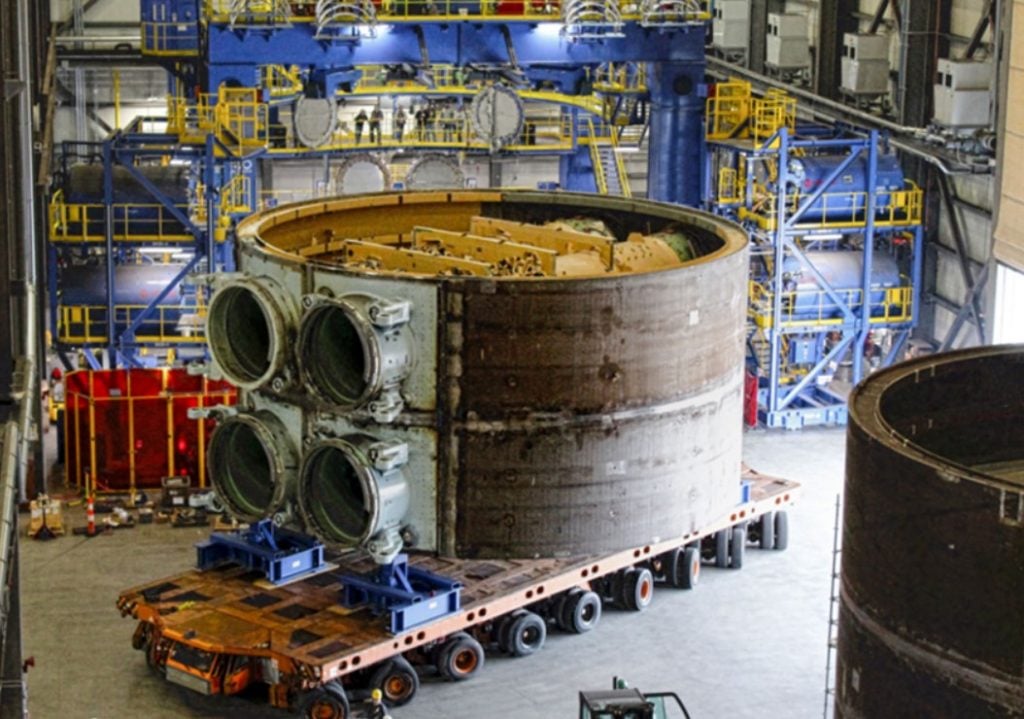
Report to Congress on Columbia-class Ballistic Missile Sub
The following is the April 29, 2024, Congressional Research Service report, Navy Columbia (SSBN-826) Class Ballistic Missile Submarine Program: Background and Issues for Congress.…

Copyright 2024 U.S. Naval Institute. All Rights Reserved.